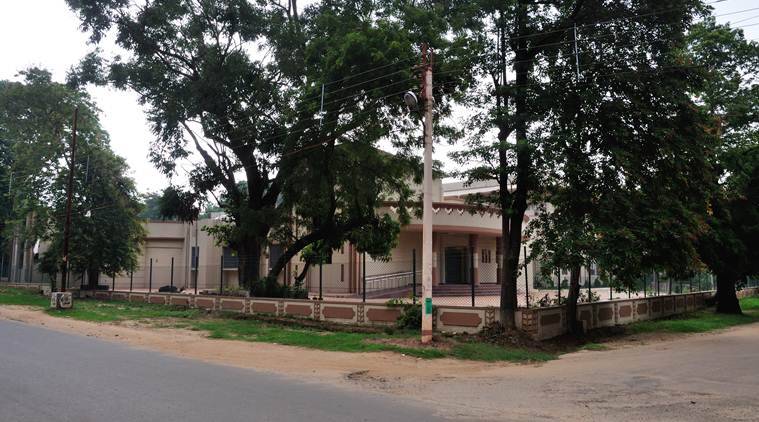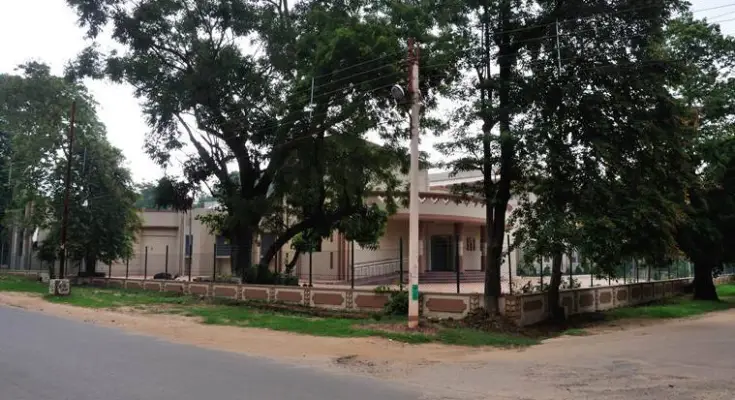While Baij, who died in 1980, was both a painter and sculptor, he is known primarily for his sculptures and is considered one of the pioneers of modern Indian art and the father of modern Indian sculpture

The Union HRD Ministry will fund a project at Visva-Bharati University in Shantiniketan to preserve the works of one of India’s most famous sculptors — Ramkinkar Baij. The Rs 8-crore project, proposed by the university, has already received an in-principle nod from the ministry, although the varsity is yet to receive the required funds.
According to the project proposal, all of Baij’s sculptures, hundreds of them housed within Shantiniketan, where Baij studied and then worked, will be cast into bronze to prevent any erosion. While Baij, who died in 1980, was both a painter and sculptor, he is known primarily for his sculptures and is considered one of the pioneers of modern Indian art and the father of modern Indian sculpture.
“Most of Ramkinkar Baij’s works were done outdoors and are therefore installed in the open air. He used to work with materials like cement and sand. The combination of the two — the materials he worked with and the fact that these sculptures are open to the elements — means that there is a high risk of erosion of the sculptures. To prevent this, we will be casting all the sculptures in bronze and replicating them, so that they can be preserved for posterity. There are modern tools available now by which the casting can be done without breaking or damaging the original sculptures,” said acting vice-chancellor of Visva-Bharati University Swapan Dutta.
The project will be carried out by National Gallery of Modern Art (NGMA) in New Delhi. The NGMA has already previously cast a bronze bust of Rabindranath Tagore and also houses the original concrete bust, which was sculpted by Baij in 1940, and installed in an outdoor monument Balatonfured in Hungary where Tagore had received cardiac treatment.
The then West Bengal culture minister Jatin Chakraborty had unveiled Baij’s bust of Tagore in Hungary, and is believed to have proposed that the bust is replaced as it did not look like Tagore. After protests by eminent artists, including Satyajit Ray, the proposal was quashed. Baij’s work faced similar controversies earlier this year in August when officials of the Assam government decided to replace a statue of Mahatma Gandhi in Guwahati, created by Baij, as it presented a “distorted image” of the Mahatma. The move was later scuttled after protests from freedom fighters and artists from across the country.
By: Express News Service | Kolkata | Updated: December 5, 2017

